It is my first time touching on php and I'm learning the basics of it. I've used Notepad++ for all of my HTML, CSS, and javascript files. Since, theses three are able to test and run locally, php isnt because it's a server side which requires a server to run. I was wondering, if there's a way to make Notepad++ run the file on the server?
In the Notepadd++ title header, it gives the local directory "C:\Users\Jaime\Desktop\grade.php" of my file, but can this directory be altered to something like "http://" indicating it's being tested and run on the internet?
If not, is there anything else I can use to efficiently run php files without having to refresh and put the files in Filezilla to see the changes made?
Thanks!




